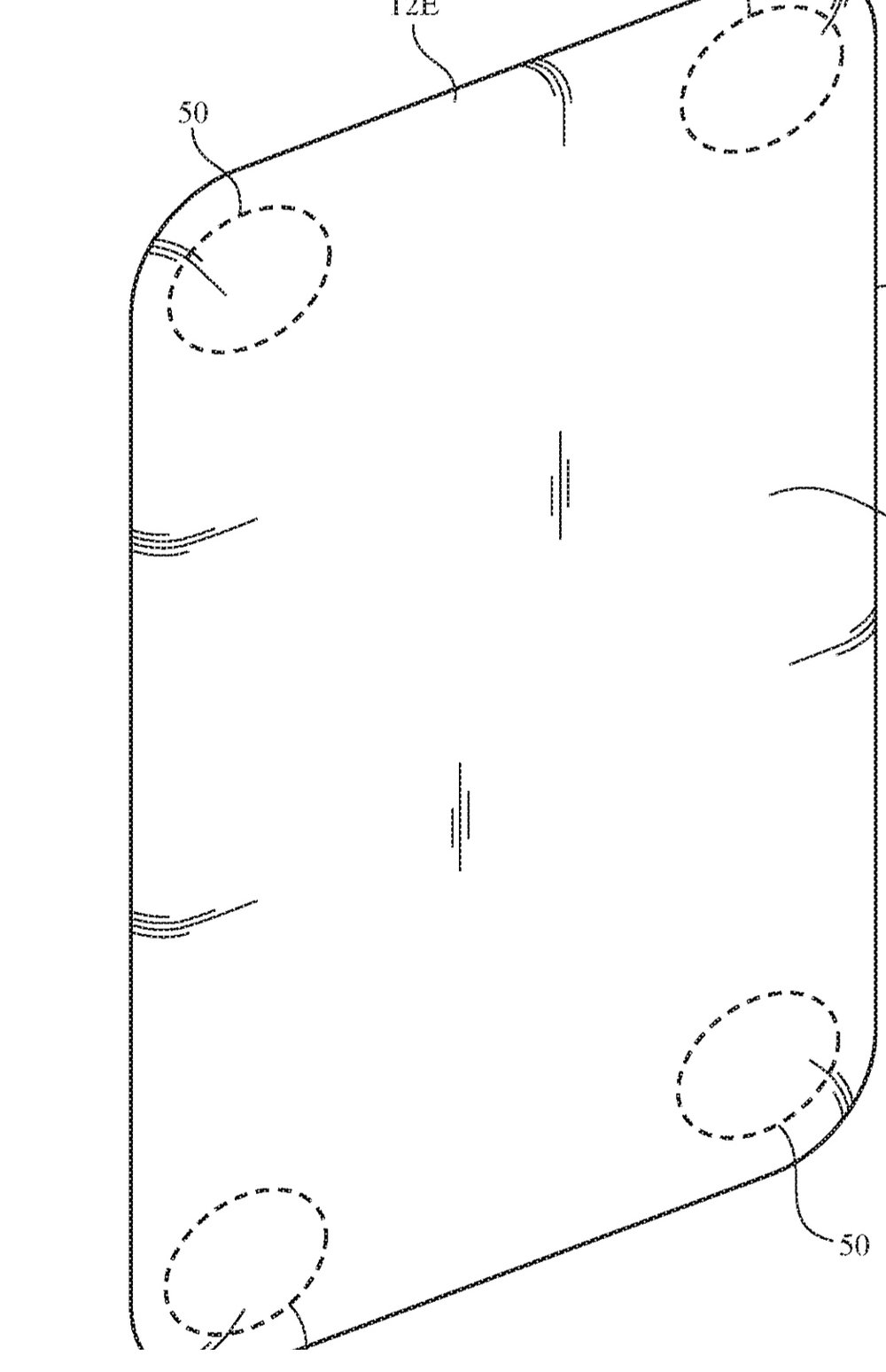Apple has been granted a patent (number 20170309991) for devices with millimeter wave yagi antennas. They should appear in upcoming iPhones, iPads, and perhaps Macs designed for next generation 5G networks. Said said networks should begin arriving in 2020.
Millimeter wave, which is also known as extremely high frequency (EHF) or very high frequency (VHF) by the International Telecommunications Union (ITU), can be used for high-speed wireless broadband communications. Millimeter wave is an undeveloped band of spectrum that can be used in a broad range of products and services like high speed, point-to-point wireless local area networks (WLANs) and broadband access.

In telecommunications, millimeter wave is used for a variety of services on mobile and wireless networks, as it allows for higher data rates up to 10 Gbps. Antennas with wide bandwidth, high-gain, compact size and low profile with easiness of integration in-package or on-chip with other components are required for 5G enabled applications.
Here’s Apple’s summary of the invention: “An electronic device may be provided with wireless circuitry. The wireless circuitry may include one or more antennas. The antennas may include phased antenna arrays each of which includes multiple antenna elements. Phased antenna arrays may be formed from printed circuit board Yagi antennas or other antennas. A millimeter wave transceiver may use the antennas to transmit and receive wireless signals.
“The antennas may be mounted at the corners of an electronic device housing or elsewhere in an electronic device. An electronic device housing may be formed from metal and may have an opening filled with dielectric. The antennas may be aligned with portions of the dielectric. Printed circuit board antennas may have reflectors, radiators, and directors. The reflectors, radiators, and directors may be arranged to align radiation patterns for the antennas with the plastic-filled slots or other dielectric regions in the metal housing.”
Of course, Apple files for — and is granted — lots of patents by the U.S. Patent & Trademark Office. Many are for inventions that never see the light of day. However, you never can tell which ones will materialize in a real product.
